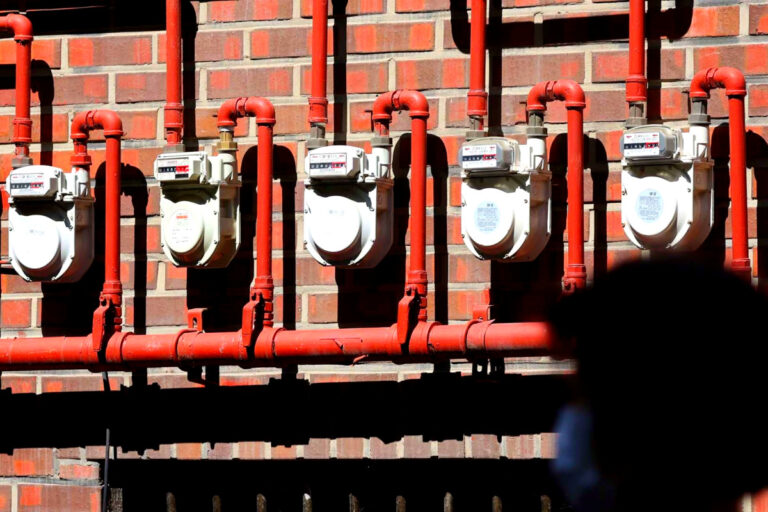Price Trends Across Europe
In December 2024, electricity prices in Europe exhibited mixed trends, with notable increases in some markets. According to Ember, the average monthly day-ahead prices were:
- Italy: €135.11/MWh (+3.2% m/m)
- France: €98.21/MWh (-2.3% m/m)
- Germany: €105.82/MWh (-5.2% m/m)
- Spain: €111.25/MWh (+6.4% m/m)
- Sweden: €44.61/MWh (-15.9% m/m)
- Factors Driving Price Changes
AleaSoft reported that colder weather and reduced wind generation in early December drove up demand and prices in major European markets. Prices surpassed €100/MWh in the first week and rose above €120/MWh in the second week in most countries.
Germany saw the sharpest price spikes during this period, with intraday prices reaching €1000/MWh on December 12—the highest in 18 years. This surge was attributed to "Dunkelflaute" (cloudy, windless weather) combined with high electricity demand. While these prices had limited impact on most households and businesses with fixed-rate contracts, they caused disruptions for some energy-intensive industries. For example, Feralpi Stahl, an electric steel producer in Saxony, temporarily halted production to avoid excessive costs.
Norway, a major electricity supplier to Germany, also experienced a price surge, reaching 13.16 Norwegian kroner ($1.18) per kWh—the highest since 2009. Prices stabilized in mid-December but rose again toward the month’s end due to increased demand and supply constraints.
Electricity Market in Ukraine
Ukraine’s electricity market also saw significant price movements in December 2024. The weighted average price on the day-ahead market (DAM) rose by 7.1% m/m to €136.4/MWh.
Electricity imports surged 2.6 times compared to November, totaling over 430,000 MWh. Hungary accounted for the largest share (39%), followed by Slovakia (23%), Romania (18%), Poland (14%), and Moldova (5%). For the year, imports increased 5.5 times to 4.4 million MWh.
The National Energy and Utilities Regulatory Commission (NEURC) approved a new electricity transmission tariff for 2025, raising it by nearly 30%. This decision faced opposition from industry groups, which warned of additional burdens on enterprises operating during wartime.
Gas Storage and Supply Challenges
As of January 1, 2025, European gas storage facilities were 71.8% full, down from 86.1% the previous year. The depletion rate accelerated due to colder weather, posing challenges for replenishing reserves ahead of the next winter. The cessation of Russian gas transit through Ukraine on January 1, 2025, further tightened the market. On the first trading day of the year, Dutch TTF gas futures spiked to €51/MWh, reflecting supply concerns and low temperatures.
Outlook for 2025
Eurelectric reported a decline in average wholesale electricity prices across the EU in 2024, with a year-end average of €82/MWh, down from €97/MWh in 2023. Despite this, electricity prices rose in the last quarter due to winter demand, higher gas prices, and low renewable output.
For 2025, ICIS forecasts moderate demand growth, driven by electrification in sectors like data centers, heat pumps, and electric vehicles. Solar and wind power generation are expected to increase by approximately 55 TWh each, while nuclear generation may decline slightly, particularly in Belgium.
Europe’s energy market remains under pressure from volatile gas supplies and fluctuating renewable output, underscoring the need for further investments in sustainable energy solutions.


